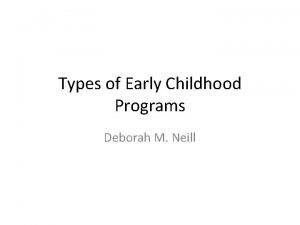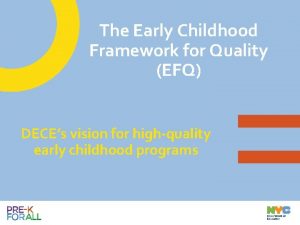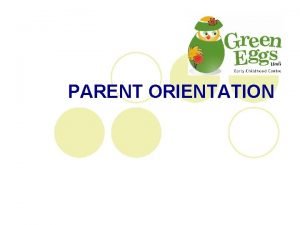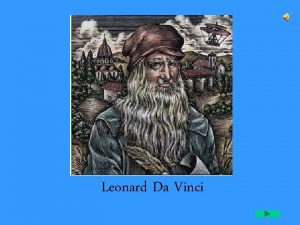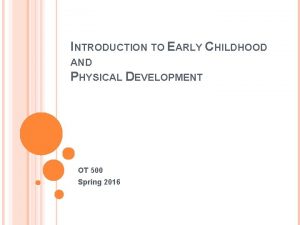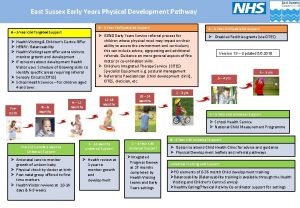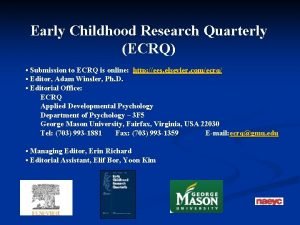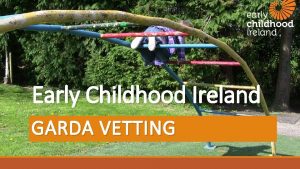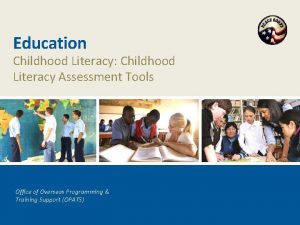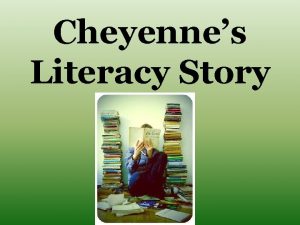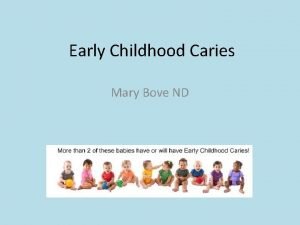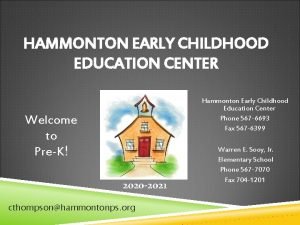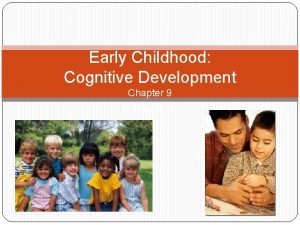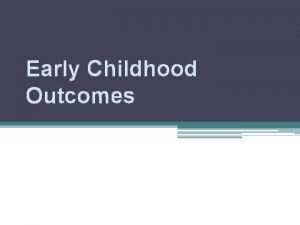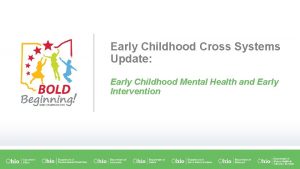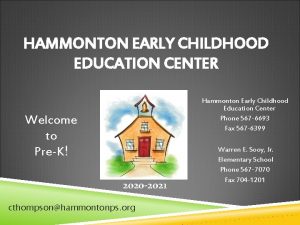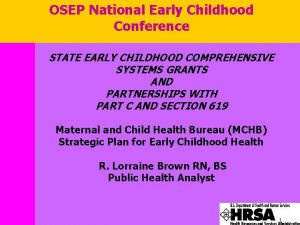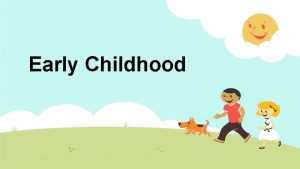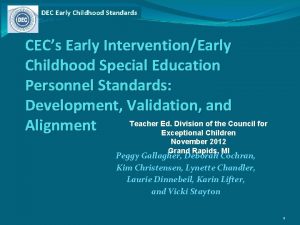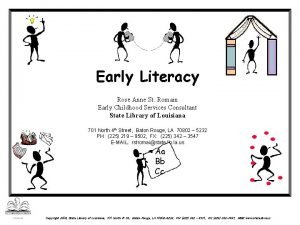LITERACY and READING Early Childhood 1 A READING


















- Slides: 18

LITERACY and READING Early Childhood 1 A

READING FACTS: 4 Learning to read requires a combination of many SKILLS. 4 A child’s success in learning to read is affected more by reading related experiences that a child has BEFORE entering school than the reading related experiences a child has AFTER he/she enters school. 4 Children who are READ to REGULARLY are better readers.

1. Literacy is the ability to READ and WRITE. 2. Reading and writing are forms of COMMUNICATION. Words are a form of COMMUNICATION. 3. Name 5 different sources you could use to see words everyday: 4 Signs 4 Comic Strips 4 Directions of food / labels / recipes 4 Newspaper 4 Directions for Toys 4 Books

If a child can SEE other people read they will learn that READING is IMPORTANT!

TYPES of BOOKS: 4 Board Books 4 Picture Books 4 Chapter Books (Pictures can be real, animated or sketched)

PARTS of BOOK: 4 Author 4 Illustrator 4 Theme / Moral

Story Telling

CHARACTERISTICS of a Good STORY TELLER: Voice - Change tone & pitch Facial Expression Eye Contact Speed - Slow Down Volume - Loud enough for whole group Speak Clearly

READ STORY BEFORE TELLING! Be FAMILIAR with story. Know VOCABULARY in story. Feel the FLOW of the story.

WHAT DO BOOKS TEACH? t e b a lph A Wor ds Rhyming m a r G r a m Co nc Relationships ep ts

ECONOMICAL WAYS TO GET BOOKS: Gifts Used Store Yard & Garage Sales Libraries Trade / Children out grow

C. R. O. W. S. C. Completion-Fill in the blanks/Rhyming Words R. Retell-Child tells story in own words O. Open-Ended-Child Responds “Tell me about…” W. Wh-? ’s- What-When-Where-Who & Why questions S. Schema-Relate to the child’s life

LITERACY: Writing & the ABC’s Ways to Learn the ABC’s … without holding a pencil!

4 As a child begins to use drawings to represent different ideas, they are beginning to write. 4 Straight lines and circles begin to represent items in their lives.

PRE-WRITING Activities 4 Two skills are needed before a child can successfully write manuscript: • Small muscle coordination • Hand-eye coordination

SMALL MUSCLE Activities: 4 Any activities where the child is using their fingers will help to develop these small muscles. 4 Needed to hold a pencil and make basic strokes 4 Some examples of activities are: • Puzzles - building blocks, play dough, clay, rubber stamps, magnet letters, small cars and trucks, crayons, etc.

EYE-HAND Coordination 4 The allows the child’s hand to react to what the eye sees. 4 These activities will help the child to develop writing skills: • Drawing, tracing, cutting, painting, pasting, finger paints, typing (key boards) lacing cards, stringing items, etc. 4 Try it……

Summarize the Article Early Literacy 4 Do not need to practice the Zaner-Bloser writing system
 Early childhood adolescence
Early childhood adolescence Professional development program, rockefeller college
Professional development program, rockefeller college Early childhood directorate
Early childhood directorate Crane center for early childhood research and policy
Crane center for early childhood research and policy Media literacy vs information literacy
Media literacy vs information literacy Media and information literacy memes
Media and information literacy memes Who are people as media
Who are people as media Cyber literacy for the digital age
Cyber literacy for the digital age Types of early childhood programs
Types of early childhood programs Types of early childhood programs chapter 2
Types of early childhood programs chapter 2 Efq examples of practice
Efq examples of practice Early childhood framework for quality
Early childhood framework for quality How to welcome parents in orientation
How to welcome parents in orientation Leonardo da vinci's childhood
Leonardo da vinci's childhood Fine motor skills development in early childhood
Fine motor skills development in early childhood Trends in early childhood education
Trends in early childhood education Physical development in early childhood
Physical development in early childhood Ecrq journal
Ecrq journal Garda vetting form early childhood ireland
Garda vetting form early childhood ireland








